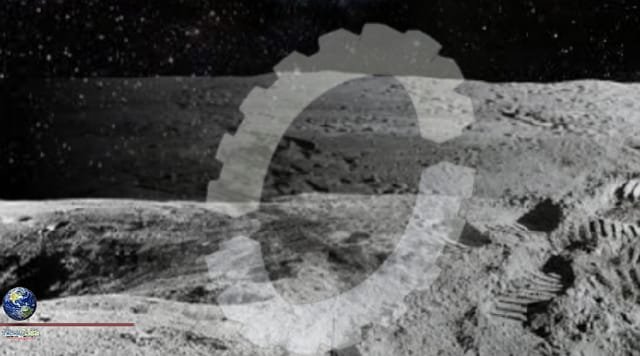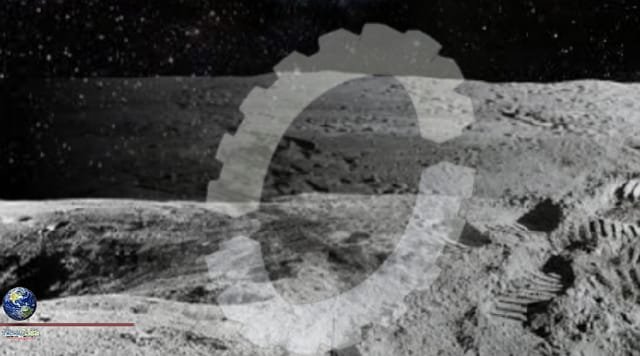Apollo 17 mission and the last time humans landed on the moon. When NASA formally launched its Artemis program, not only to take astronauts back to the moon but also to build a lunar south pole base and establish a permanent presence,

NASA kept busy after its Apollo days with space exploration missions like Voyager 1 and 2, both launched in 1977 to survey the Jupiter and Saturn systems and the Viking 1 and 2 missions to Mars and the Pioneer missions that traveled to Venus. These efforts all had elements in common: they were relatively small, low cost, and offered a high scientific return on investment. The first space race against Russia was over and NASA was working within a budget, maximizing results for every dollar spent.
During the ’80s, a new space race aimed to dominate low-Earth orbit and conquer the space where the world’s satellites operate. NASA explains that it had been given the green light by the Nixon administration to develop the Space Shuttle program, and in 1981 the Shuttle was ready for its first launch. The culmination of this space race ended with a truce inApollo 17 the form of the International Space Station, a beacon of international cooperation with the main two competitors, Russia and the U.S., working side by side.
NASA legend and astronaut Buzz Aldrin testified before the Senate Subcommittee on Space, Science, and Competitiveness on February 24, 2015 (via Senate.gov), warning that a return to the moon would only be made possible with the support of Congress and the administration. “American leadership is inspiring the world by consistently doing what no other nation is Apollo 17 capable of doing,” he said. “We demonstrated that for a brief time 45 years ago. I do not believe we have done it since. I believe it begins with a bi-partisan Congressional and Administration commitment to sustained leadership.”
Business Insider also interviewed Apollo astronauts Rusty Schweickart and Harrison Schmitt in 2019 during an event to celebrate the 50th anniversary of the Apollo 11 moon landing. Speaking about the Artemis program, Schweickart said, “Accelerating something that ambitious is a real challenge, and it takes commitment and dollars. We’ve tried two other times — administrations have tried — and they’ve been stillborn.” Astronaut Schmitt added that in order for a moon program to succeed, it needs to recreate the Apollo work environment that was filled with young, energetic, and ambitious people
During his own testimony to Congress in 2015, astronaut Walter Cunningham said, “Manned exploration is the most expensive space venture and, consequently, the most difficult for which to obtain political support.” Cunningham reminded Congress that NASA’s budget during the Apollo days peaked at 4% of the federal budget but remained below 1% percent for the past 40 years. “Any project as complex as Apollo requires three things: resources, technology, and — most important — the will to do it,” Cunningham added.
Source: This news is originally published by slashgear
